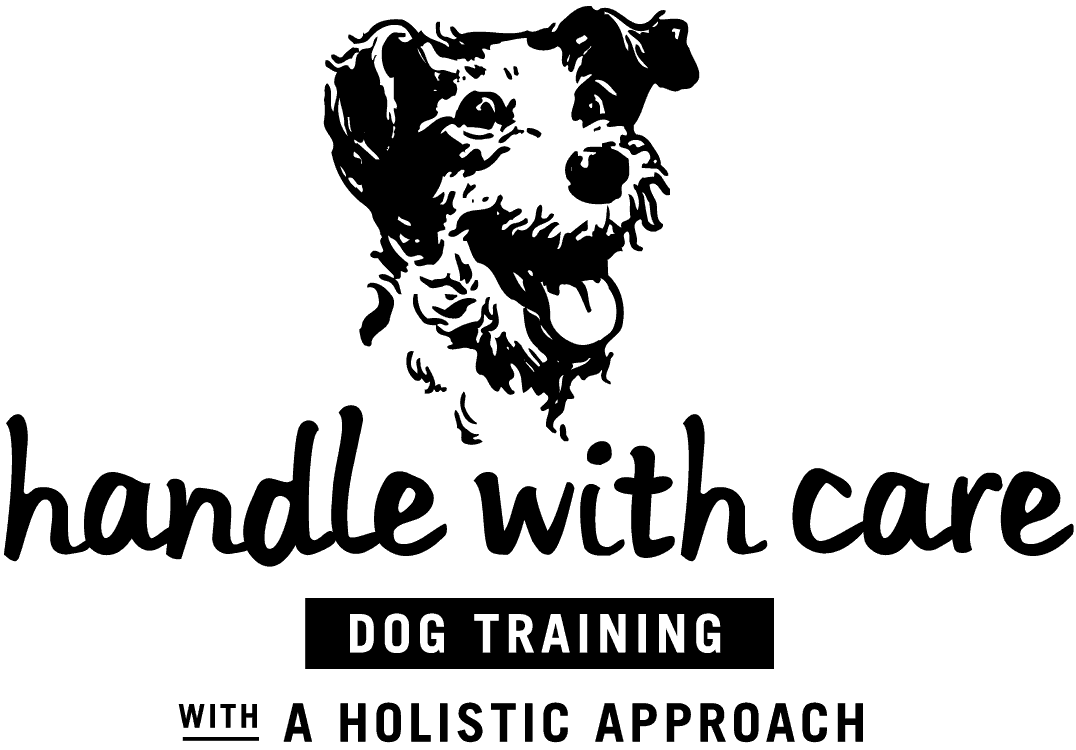Reading a Dog’s Tail
If you have been reading my doggie diaries blog, I hope you have a better handle on introducing dogs on leads. Let’s take a look at a dogs body language or their ‘dog speak’. Most people have a more difficult time with this. Most dogs speak clearly with their bodies. Today, we will explain how to keep yourself from saying those famous last words “But he was wagging his tail!”
Reading a Dog’s Tail:
Keep your distance from any dog who’s holding his tail high, tight, stiff and bristled, and who is focusing on you. A dog whose tight, high tail is moving slowly back and forth is not a happy dog! This is the classic “But he was wagging his tail!” position. This is an offensive signal !
If he’s standing his ground or threatening someone (a person or another animal), he may “flag” his tail, which means he holds it stiff and high and moves it rigidly back and forth. It might look like he’s wagging his tail, but everything else about his body tells you that he’s not feeling friendly at the moment.
Tail amputation for cosmetic purposes is still routine in the United States for many breeds. Obviously, it’s harder to read a tail that isn’t there; the best you can do is watch the position and movement of the stump. Quite a few countries have banned tail docking. Tailless dogs literally have one avenue of communication cut off and other dogs may not understand them as well.
A friendly wag; ‘unmistakably friendly’ often involves the dog’s whole back end. The tail moves in a relaxed, sweeping motion, back and forth. If the dog is really excited about the person or dog they are greeting, they may even wag in big, fast circles. Butt wiggles also come into play. There have been studies done that a dog even wags more one way ( to the left or right) when they are super excited to see someone. When a dog feels positive about you, the tail wags more to the right. Negative feelings prompt more tail wags to the left. Very sutle!
An alert and attentive tail may be held out horizontally with a slight wag from side to side. It won’t be stiff or bristled. They are expressing an interest in something and are in a state of alertness.
What about a lowered tail? Sometimes it just means that the dog is super relaxed. And there will be a loose wide wag. A lowered tail could also mean a frightened or fearful dog. This is not a submissive position and may attack if pressured. But a dog whose tail is clamped down, maybe even tucked between his back legs, is not having a good time. Tucking the tail between the legs signals submission and fear. A tucked tail is the canine equivalent of hiding his face because it covers the genitals, and interferes with the sniffing behavior that identifies him to other dogs.This is a dog who is trying to avoid another dog from sniffing their butt or from mounting them. Remember what a dog “handshake” looks like? Two dogs sniffing each others butt.
A submissive tail may be be lowered and wagging slightly. Their back maybe lowered too. This signal usually means a dog is actively expressing passivity and wants to avoid anything further. They can also have what’s called submissive urination- a sprinkle or a few drops of urine, perhaps fear ?
The next doggie diary will focus on a dogs head- facial expressions, ear position, how the mouth is being held, etc. Spend time watching your dog as they play, interact with their environment and learn to see the many “faces” of your puppy’s wags. In my Amazon store on my web-site I have posted great books to read or look at to learn more. You too can learn dog speak. It’s truly fascinating!
